Today is Rare Disease Day, which is marked annually on February 28 or February 29 in leap years. It was first celebrated in 2008 on February 29 because it is the rarest day in the calendar.
Rare Disease Day is a global movement that strives to foster equity in access to diagnosis, care and therapies, as well as social opportunity for people with rare diseases.
The theme of this year’s Rare Disease Day is “Share Your Colours,” which is a call to shine a light on individuals with rare diseases to hear about their stories, experiences and aspirations.
In the official Rare Disease Day 2022 video above, patients from all around the world are heard sharing their stories in their native languages about living with rare diseases like Duchenne muscular dystrophy, cystic fibrosis and Gaucher’s disease among others.
And the united call for action is for patients, families, caregivers, friends, healthcare providers, researchers, industry partners, governments and local and global communities to come together to raise awareness and break down the barriers to care, diagnosis and treatment for rare diseases. The people featured in the video also want greater equity and inclusion, and say they are “showing the world what we are capable of, no matter the challenges we face.”
Related: UK’s NHS Backs World’s Costliest Drug Libmeldy for the Treatment of Rare Disease MLD
Below are some facts and information about rare diseases, including rare disease clinical trials and orphan drugs.
How is a Rare Disease Defined?
A rare disease is classified based on its prevalence in a given population, and the definitions vary between countries and regions. For example, in the US, a rare disease is defined as a condition that affects less than one in 200,000 individuals. In the UK, it is defined as a disease that affects fewer than one in 2,000 people.
According to the National Institutes of Health (NIH), there are over 7,000 rare diseases.
How Many People Suffer from Rare Diseases Around the World?
300 million. In the US, 25 to 30 million Americans, or one in ten, are living with a rare disease.
Are Most Rare Diseases Genetic?
While 72 percent of rare diseases are genetic, not all are. Rare genetic diseases can be caused by either somatic or germline (heritable) genetic changes. For example, some rare cancers, autoimmune diseases and infections are hereditary. The exact causes of many rare diseases remain unknown.
Which Rare Diseases Are the Rarest?
Below are some of the rarest diseases in the world along with their frequencies in the general population.
- Alkaptonuria: one in 250,000–1 million
- Stoneman Syndrome: one in 2 million
- Hutchinson-Gilford Progeria Syndrome (HGPS): one in 4 million
- Chronic Focal Encephalitis (Rasmussen’s Encephalitis): a total of 200 to 500 cases reported worldwide
- Alice In Wonderland Syndrome (AIWS): unknown
- Ribose-5 phosphate isomerase (RPI) deficiency: rarest disease in the world (less than one in 1 million)
What is the Most Common Rare Disease?
Multiple Sclerosis (MS): estimated frequency of 58 to 95 per 100,000 in the US.
Other “common” rare diseases include cystic fibrosis, narcolepsy, Fabry disease and primary biliary cholangitis.
What are Some of the Challenges of Rare Disease Clinical Trials?
There are a number of challenges associated with rare disease clinical trials, some of which include:
- Small patient populations
- Need for multi-center, out-of-country, studies due to low patient numbers
- High burdens on patients and their caregivers, for example, accessing trial sites at a significant distance from their home; decentralized and hybrid trial models can help reduce such burdens
- High costs associated with R&D of rare disease therapeutics; almost 60 percent of approved drugs for rare diseases are biologics, which are expensive to develop
- Procuring enough drug for use in trials due to supply issues
What is an Orphan Drug and Why Do They Cost So Much?
An orphan drug is a pharmaceutical or biologic used for the treatment of a rare disease, which is produced with financial assistance from governments as well as industry partners.
The official definition of an orphan drug by the US Food and Drug Administration (FDA) is one that is “intended for the treatment, prevention or diagnosis of a rare disease or condition” or that, “meets cost recovery provisions of the act.”
A disease for which an orphan drug is indicated is called an orphan disease. In 2020, the FDA approved 32 orphan drugs.
The National Organization for Rare Disorders (NORD) released the results of a study last year which revealed that the FDA approved 599 orphan drugs since the Orphan Drug Act became law in 1983. It was introduced to aid the development of orphan drugs and bring them to market for rare disease indications by providing incentives like a 25 percent tax credit on R&D and waiving user fees on application submissions to the FDA.
The report also found that 75 percent of all orphan drugs are only approved for the treatment of one disease, highlighting the importance of the Orphan Drug Act in bringing new orphan drugs for the treatment of rare diseases to market.
A recent study revealed that the number of orphan drug designations increased four-fold between the 1990s and 2010s, with notable increases in the proportion of drugs for oncology indications, pediatric-onset diseases and neurological disorders.
Given the high development costs, orphan drugs usually cost around $500,000 per treatment course or more. This is why a combination of government assistance and price negotiations with drug companies are necessary to help enable patients access to treatment.
On Rare Disease Day 2022 this year, people are encouraged to share their colours by sharing experiences and stories as patients, families, caregivers, healthcare providers, researchers and community members on social media and in other spheres; by lighting buildings, monuments and homes; and by also reaching out to policy makers to help raise awareness about individuals living with rare diseases.
The individuals in the Rare Disease Day 2022 campaign believe that, “With 300 million stories, together we can paint a picture of a brighter future. In our own colors, in our own voices.”


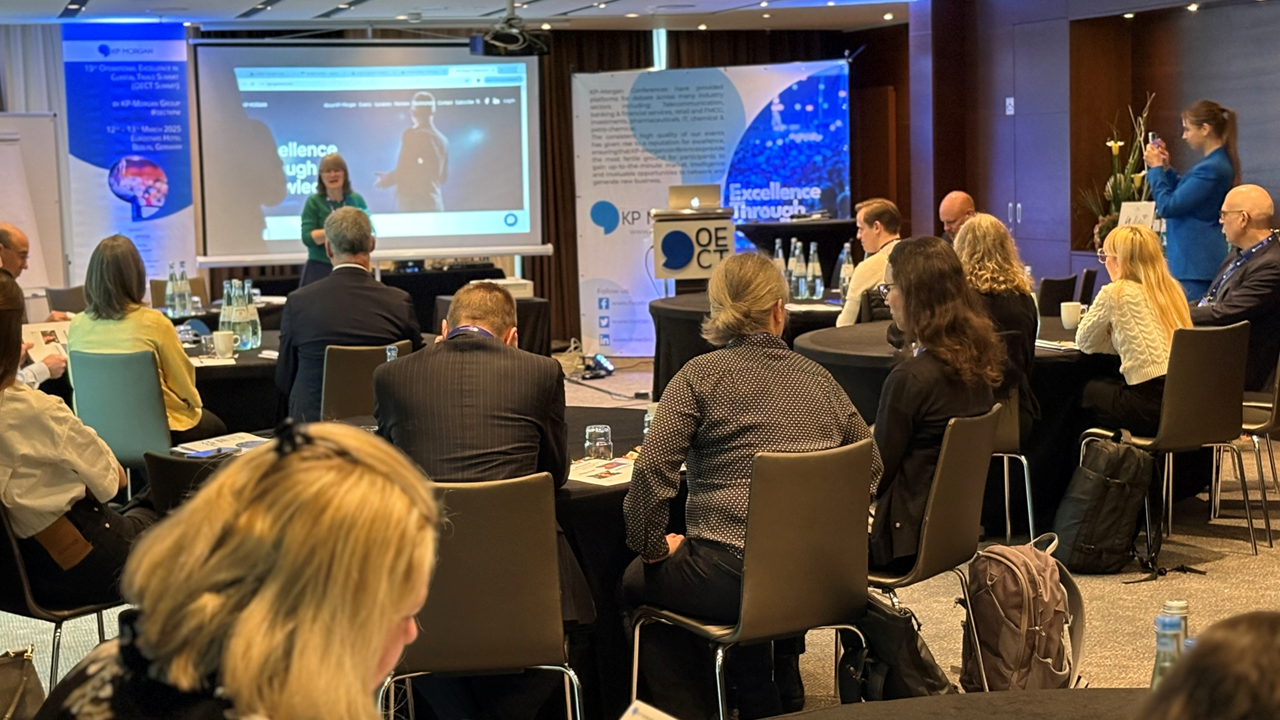
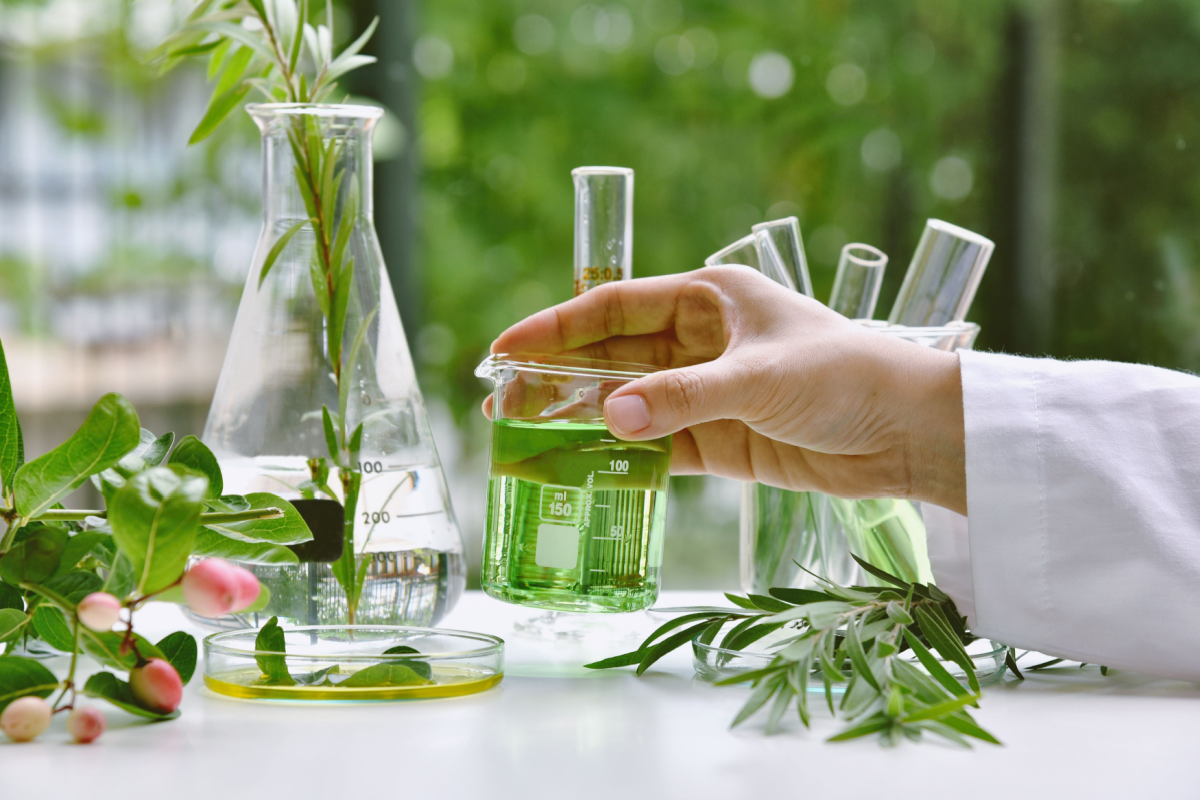
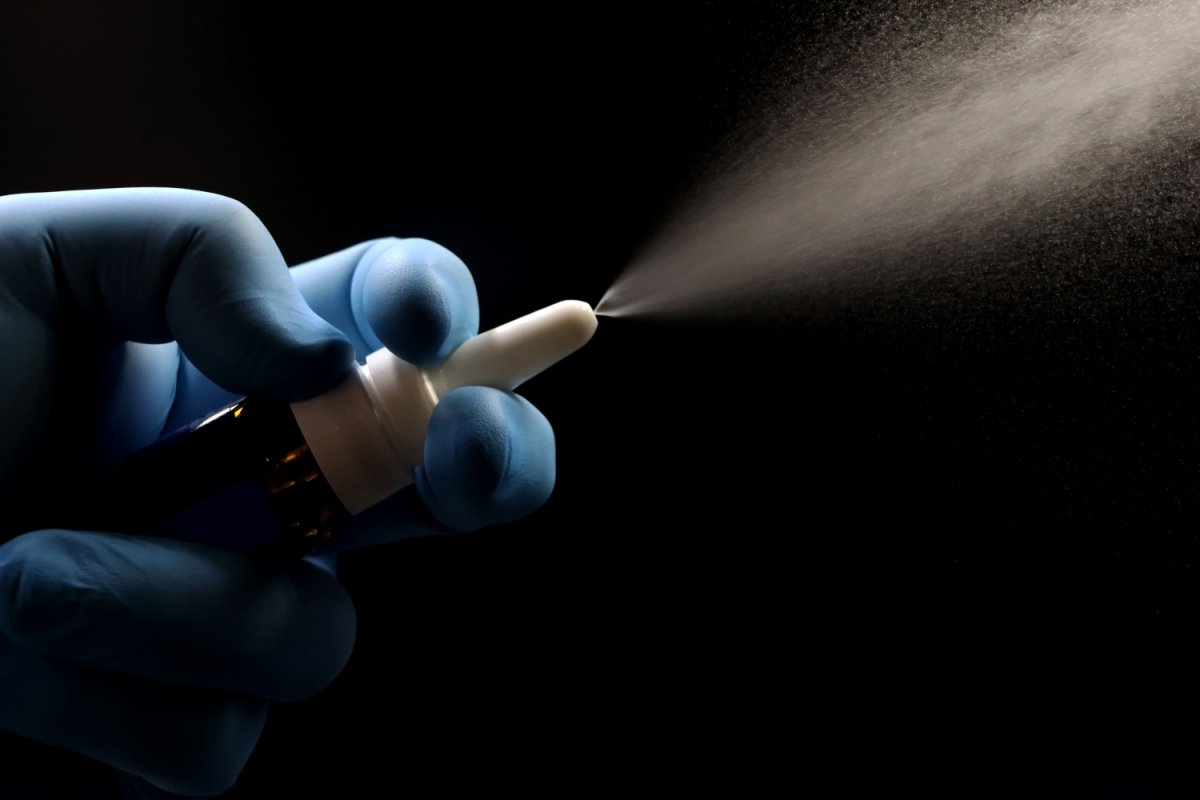
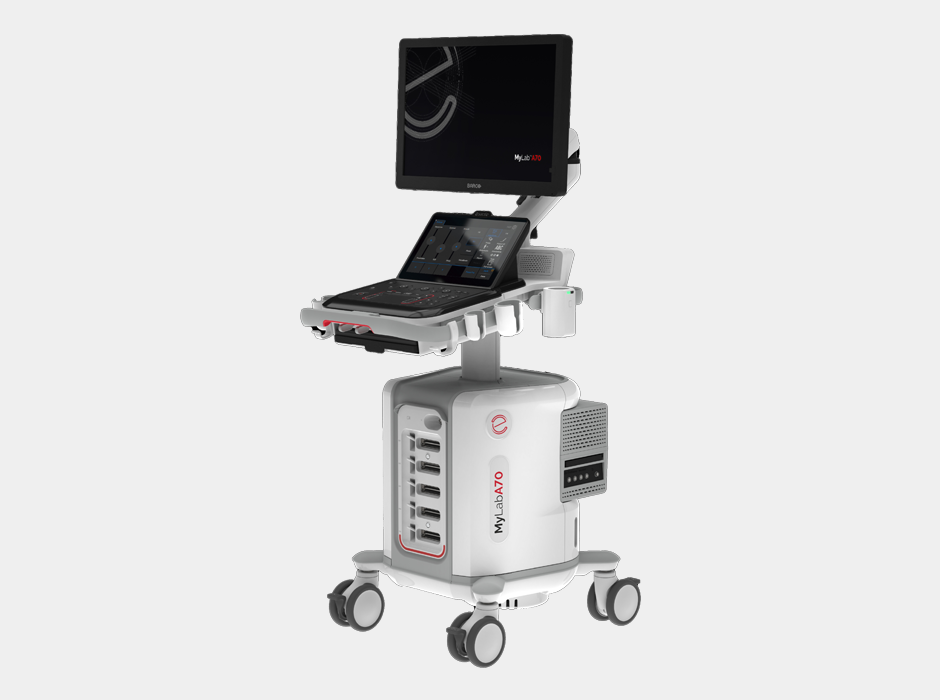
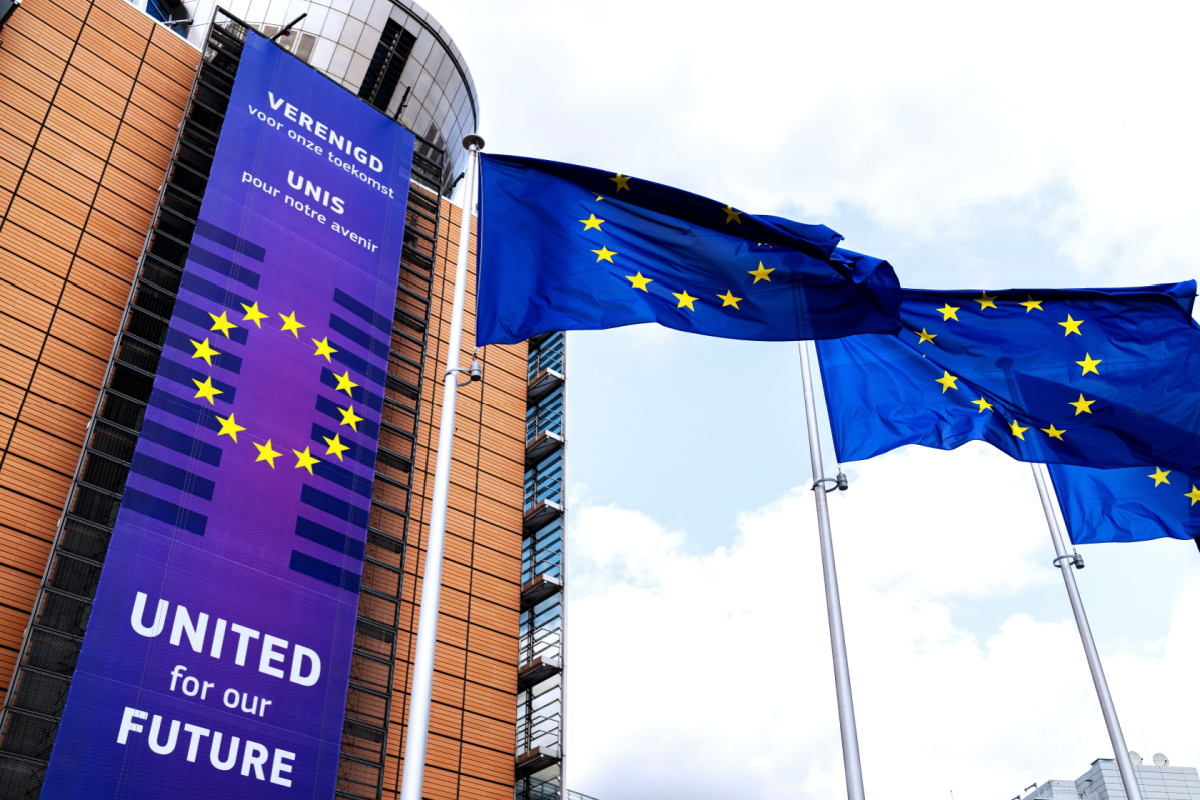




Join or login to leave a comment
JOIN LOGIN